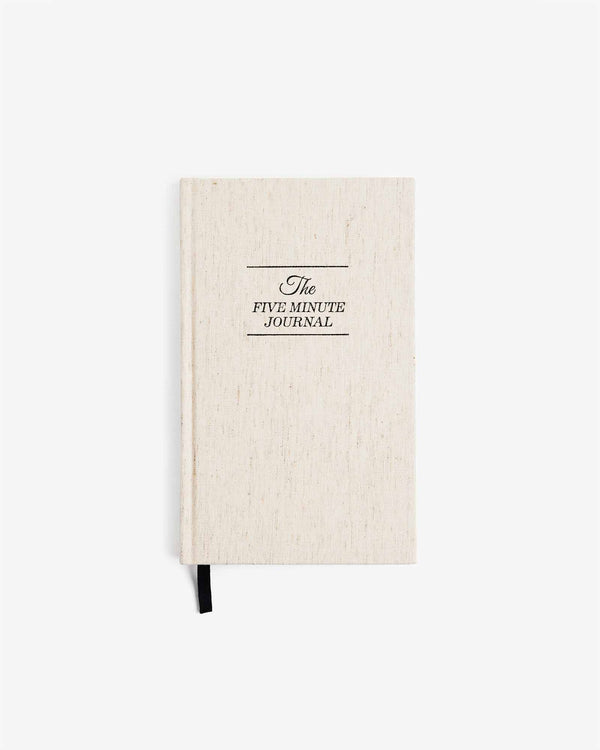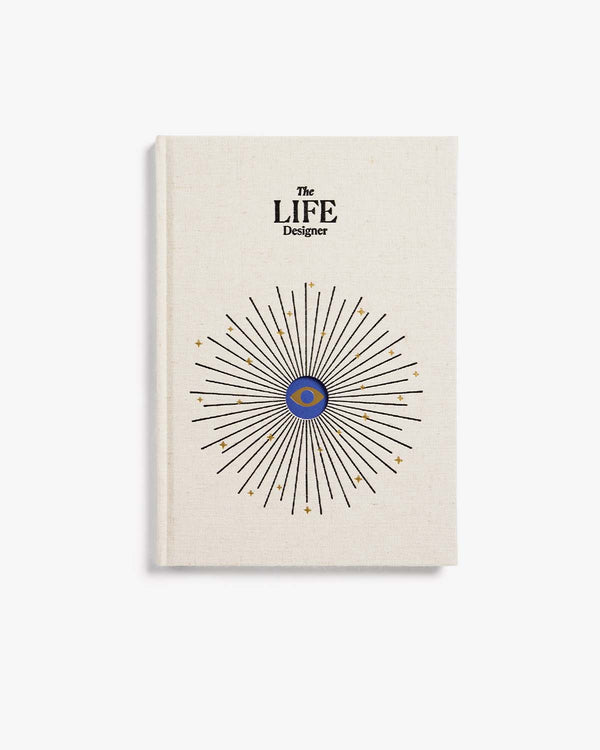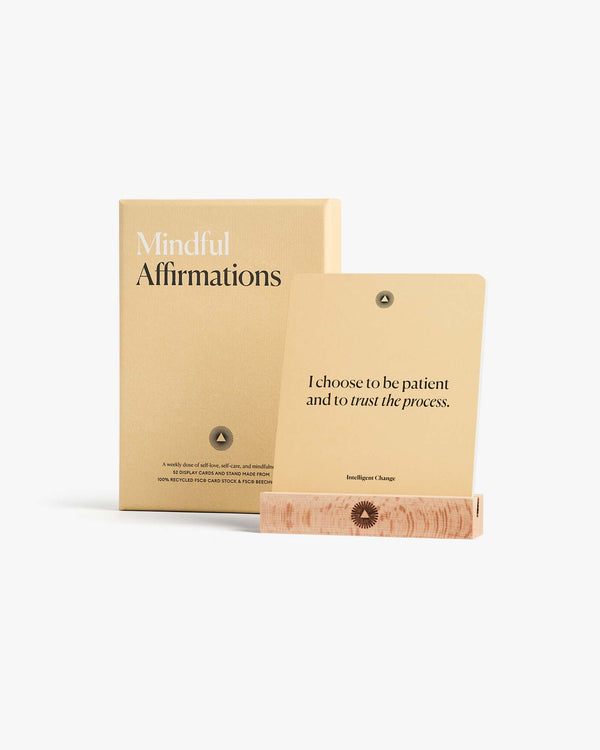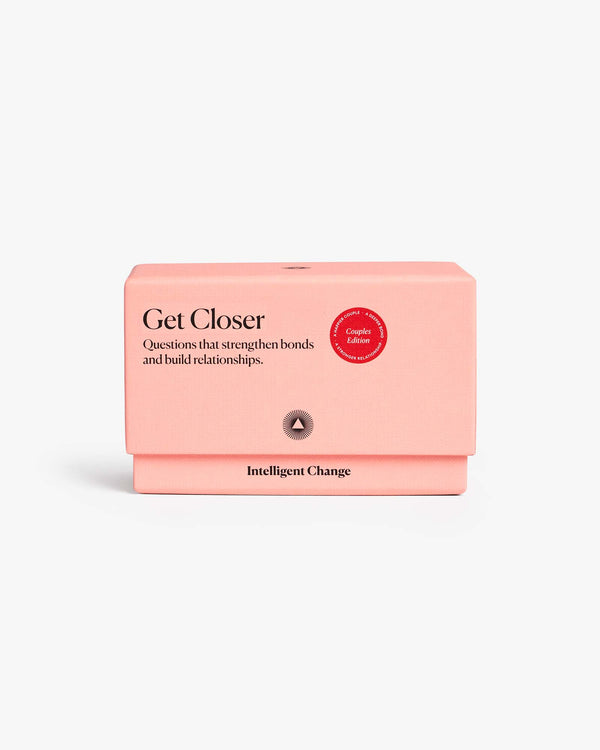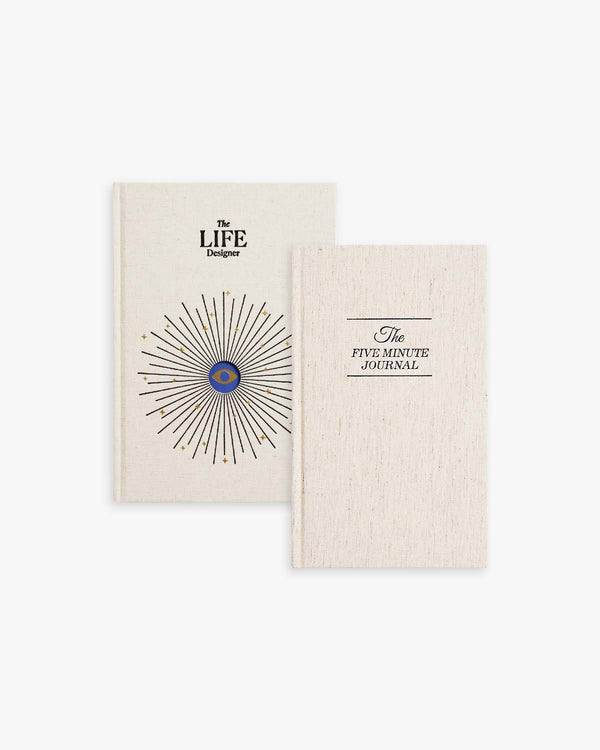Move the Body, Calm the Soul
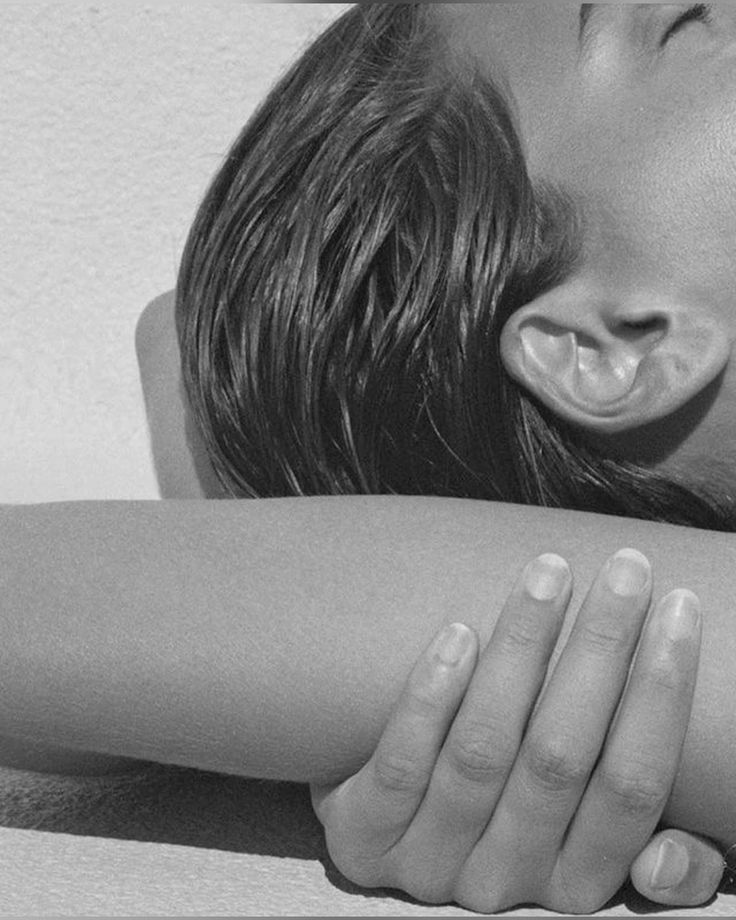
A sound mind lives in a sound body. A sound body is a result of a sound mind. There is no real well-being of one without the other, yet modern medicine still very often overlooks this important connection. Many scientists who take up the baton of investigating this unity in our being admit their efforts are often met with skepticism. Thankfully, the mind-body relationship defends itself so well in our everyday lives that, at this point, it would be hard to argue with it.
Off the top of our head
A very simple example lives on your head. Have you already joined the Silver Strands club? Are there any wisdom hairs in your mane yet? While there's not much we can do about genetic predispositions, another reason our locks turn gray is stress. You might have heard of Marie Antoinette syndrome, the sudden whitening of hair, which, in the case of the French queen, allegedly happened overnight before her execution in 1793.
While there's no research to support the above-mentioned syndrome, we know that chronic psychological strain may indeed lead to premature graying over time. But the mind-body connection on our heads extends further. If we lose melanin pigments in our hair due to stress, research shows that the situation could be reversed. It is possible to naturally revive our original hair color by reducing the amount of stress in our lives.
So how do we stop worrying about our gray hair in order to stop producing more? One way is to simply embrace your evolution. You’re either leveling up and unlocking another chapter of your earthly journey, or your body is communicating its distress in a visible way. If you feel it’s the latter, then you need to let your hair down (pun intended).
Research is me-search
Any practices that do not involve pharmaceutical drugs tend to be labeled as alternative medicine, or, as some might affectionately call it, woo woo. But thanks to extensive research, we are now witnessing the slow demise of the biomedical model of treatment and the rise of the holistic approach. Psychology is still a relatively new science (in its current form it’s only about 150 years old), yet it’s been proven over and over again that we simply cannot detach our psyche from the well-being of our physical bodies.
To illustrate, one study showed that workers in low-level jobs with high stress and little autonomy are at much higher risk of developing a heart disease and diabetes as well as dying prematurely compared to their colleagues in less menial, higher-level roles. Another study conducted on women with metastatic breast cancer found that patients who participated in group therapy had better quality of life and symptom control, experienced less pain, and lived significantly longer than those who only received medical treatment. Research also confirmed that depression and anxiety increase the production of the pro-inflammatory cytokines linked to cardiovascular disease, arthritis, type 2 diabetes, osteoporosis, and some cancers.
A simple google search opens the door to redefining what we were led to believe for years: that our body and mind are two separate entities. The wholeness of our self is multidimensional. But our bodies are governed by our minds, and our minds stay healthy through proper maintenance of our physical form. Obviously, we are not against pharmaceutical solutions, they are life-saving. However, they should also not be taken lightly, especially if there are other options we can try first.
A bundle of nerves and solutions
It’s true that diamonds are created under pressure. We live in tough times so we also need to be tougher. Yet, you hardly have to find yourself at a breaking point to realize that too much stress is ruining your well-being. We’ll hardly discover new land when we say that you can manage your stress levels with regular exercise, healthy diet, proper rest and sleep, hobbies and fun, media detox, or meaningful social life (with a healthy dose of intentional solitude).
But also be honest with yourself. Even though you might be bored reading about these solutions for the hundredth time, have you really given all of them a chance? Stress is not worth a single gray hair on your head and, if possible, healthy habits are always better than medication. Please, for the love of your health, begin there, with an option of your choosing, and work your way through the list.
Ready? On to the most wholesome solution then.
Shinrin Yoku
Every forest is a mindfulness cathedral, a spectacular brown-green kingdom where Mother Nature heals our souls. We’ve established how our mental health directly influences our physical well-being but in the woodland realm we can do both at the same time: we move and we rest. Whether it’s walking, jogging, journaling, or mediation, any benefits of a well-being practice will be multiplied and magnified among the trees.
Yet again, research shows that green environments lower our cortisol levels, pulse rate, and blood pressure, and promote greater parasympathetic nerve activity than cityscapes. Forests help us calm down, relax, and properly unwind in the stillness of nature. Outdoor therapy works. But don’t take the scientists’ word for it, put on your shoes and let the woods sweep you off your feet.
“And into the forest I go, to lose my mind and find my soul.” ― John Muir
Shinrin yoku is the Japanese practice of forest bathing. Which means we go in and we breathe it in. We enter, we pause, we listen, we observe. We admire the force that brought us into this beautiful world. We enjoy birdsong, we inhale the purity of filtered air, we hug a tree, and let nature into our minds and hearts so that it can heal our bodies. All that at no extra cost, no side-effects, with long-lasting positive results. Go into the forest to ungray your hair.
